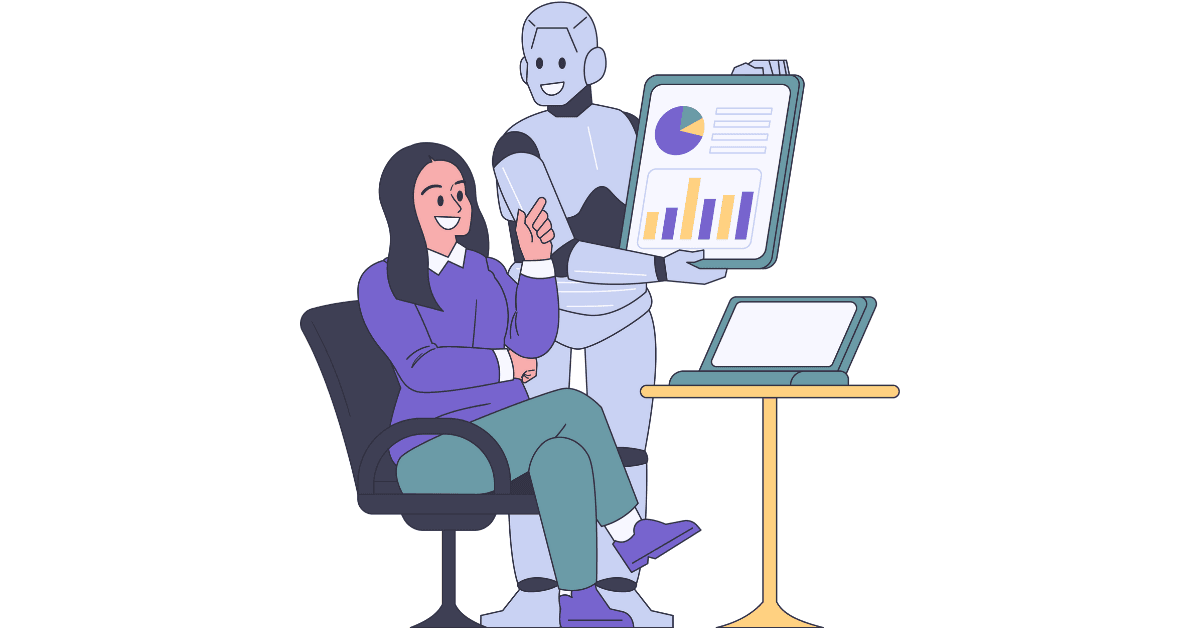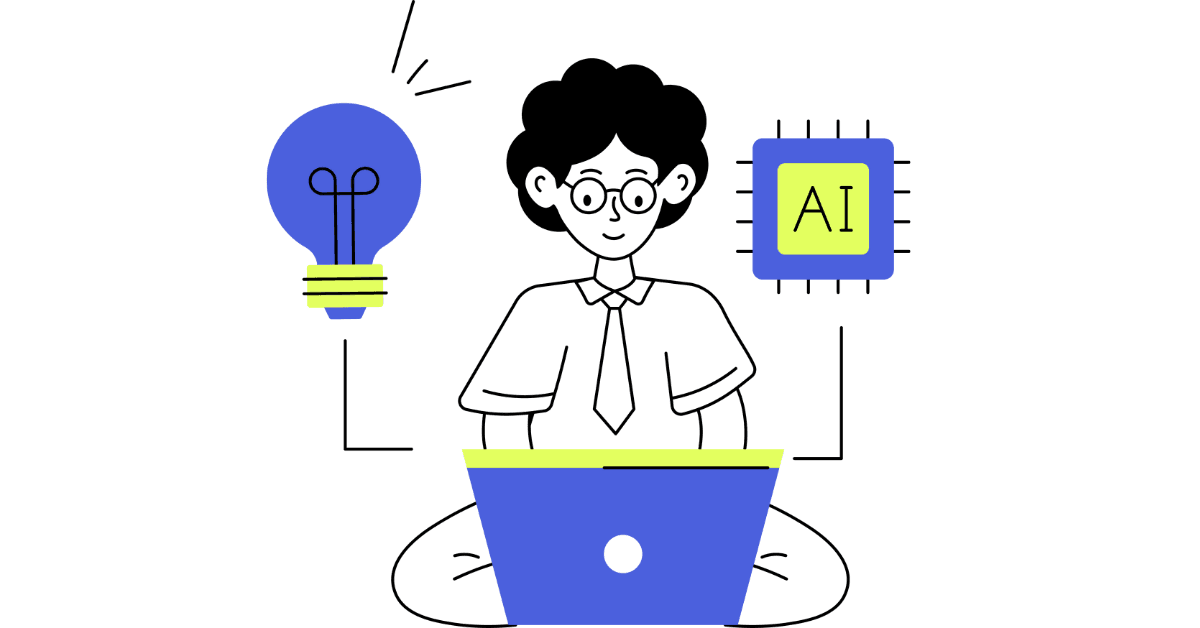Artificial intelligence (AI) is altering sectors and generating fascinating job prospects; it is not only a buzzword. Although the road seems difficult for software developers wishing to enter artificial intelligence, it is quite doable with the correct strategy. How to Transition from Software Engineer-This article guides you through the essential steps needed to transition from a software engineer to an artificial intelligence professional.
Clarifying the Function of an AI Specialist
Knowing what an artificial intelligence specialist performs helps one prepare for the change. Although software engineers usually concentrate on creating and maintaining software programs, artificial intelligence experts create algorithms allowing machines to learn, reason, and make autonomous judgments. This includes work in fields such as computer vision, natural language processing, machine learning, and deep learning.
Software engineers and artificial intelligence experts differ mostly in their capacity to use statistical models and data to generate intelligent systems. Using big datasets and machine learning approaches, artificial intelligence experts create systems adept at predictive analytics, automation, and decision-making.

First, evaluate your present skill set-How to Transition from Software Engineer
Changing to artificial intelligence does not require giving up knowledge of software engineering. You already have solid foundations in coding, problem-solving, and system architecture, in fact. Let’s review the abilities you need to assess and enhance:
Usually, artificial intelligence experts deal with Python, R, and Julia as programming languages. Among them, Python is the most used, as its strong libraries—TensorFlow, Keras, and Scikit-learn—have great impact. Learning Python will be a vital next step even if you already speak Java, C++, or JavaScript really well.
2. Algorithms and Data Structures
Effective data processing and model training in artificial intelligence depend much on algorithms and data formats. Even if you might already be familiar with these ideas, it is important to pay close attention to techniques such as matrix operations and gradient descent in machine learning that are very vital for data manipulation and optimization.
3. Knowledge of Data Handling and databases.
The essence of artificial intelligence is handling vast amounts of data. Along with data cleansing and prepping methods, you will have to become at ease with SQL and NoSQL databases. Furthermore, working with big data technologies such as Hadoop or Spark would help one grasp them.
Second: Strengthen Your Mathematical Groundwork-How to Transition from Software Engineer
Particularly in disciplines such as linear algebra, calculus, probability, and statistics, artificial intelligence mostly depends on mathematics. Without a solid background in these disciplines, one finds it challenging to grasp how artificial intelligence models operate or how to maximize them for best performance.
1. linear algebra
Operations on matrices and vectors abound in artificial intelligence algorithms. Fundamental ideas, including eigenvectors, eigenvalues, and matrix multiplication, help one to grasp neural networks and are critical while working with data in artificial intelligence.
2. Statistics and Probability
Statistical techniques for prediction serve as the foundation for many machine learning algorithms. Knowing Bayesian inference, hypothesis testing, and probability distributions can equip you to assess and enhance artificial intelligence models.
3. Calculus
Understanding optimization methods applied in artificial intelligence depends on calculus. Especially effective training of machine learning models depends on knowledge of derivatives and gradients. Working with backpropagation in deep learning models absolutely requires these ideas.

The third step is to master the fundamental ideas of artificial intelligence-How to Transition from Software Engineer
You must get familiar with the fundamental ideas guiding the discipline if you want to properly enter artificial intelligence. Here are some key areas to focus on:
1. ML, or machine learning
The core of artificial intelligence is machine learning. There are three basic forms of machine learning: reinforcement learning, unsupervised learning, and supervised learning. Learn about methods like k-nearest neighbors (KNN), support vector machines (SVM), and decision trees. Explore more complex subjects, including deep learning, natural language processing (NLP), and neural networks, as you go.
2. Deep learning
A subset of machine learning, deep learning consists of artificial neural networks meant to mimic human brain operations. Deep learning has transformed computer vision and speech recognition, among other disciplines. Essential knowledge will include the architecture of neural networks—including recurrent neural networks (RNNs) and convolutional neural networks (CNNs).
3. NLP—natural language processing
NLP centers on how computers could understand and analyze human language. Learning NLP will enable you to create systems like chatbots and recommendation systems that can comprehend and generate natural language.
4. Learning Reinforcement:
Reinforcement learning is training models using incentives and penalties. It’s seen in fields such as robotics, gaming, and autonomous driving most often. Essential ideas to investigate in this topic include grasping the trade-off between exploration-exploitation and value functions.
Fourth step: obtain practical experience-How to Transition from Software Engineer
While academic knowledge is important, it is practical experience that truly sets you apart. Put your knowledge to use working on practical projects. Here is how one could get useful experience:
1. Create AI initiatives.
Start with basic AI models such as linear regression or classification models leveraging Scikit-learn. You may work on more complex projects like deep learning as you get more at ease. You can effectively locate datasets and participate in machine learning contests on Kaggle.
2. Help Open Source
One excellent way to gain practical knowledge is by assisting open-source artificial intelligence initiatives. Working with other professionals can help you to develop your abilities and pick up excellent practices. Many AI initiatives housed on sites like GitHub accept donations.
3. Engage in AI contests.
AI contests, like those run on Kaggle, are a fantastic opportunity to push your abilities and grow by doing. These contests provide participants useful experience managing challenging datasets and frequently entail utilizing machine learning methods to solve practical problems.

Step Five: Remain Current with Industry Trends
Since artificial intelligence is a fast-developing science, one must be current with the most recent developments. Here’s how you keep on your path of learning:
1. Enroll in Online Classes
Many websites provide artificial intelligence courses catered to varying degrees of knowledge. Specialized programs in artificial intelligence, machine learning, and deep learning abound on sites such as Coursera, edX, and Udacity. Select a course that best fits your goals and learning style.
2. Show up for webinars and AI conferences.
One excellent way to stay current with the most recent studies and trends is to attend AI conferences. Keeping current on the subject will depend on networking with business executives and learning from the professionals at events such as NeurIPS, ICML, and CVPR.
3. Scan research papers and artificial intelligence journals.
One must keep up with scholarly research, which is very vital. Reading papers available on sites like arXiv will introduce you to the most recent artificial intelligence discoveries. Academic research drives many of the developments in artificial intelligence; hence, interacting with this material is rather important.
Step Six: Use Libraries and AI Frameworks
Working effectively in artificial intelligence depends on one’s mastering the appropriate tools and structures. You should acquaint yourself with some quite extensively used artificial intelligence libraries and frameworks:
1. TensorFlow and Keras
Developed by Google, TensorFlow is among the most often used deep learning systems. Rising above TensorFlow, Keras is a high-level API with an easy-to-use interface for creating neural networks.
2. PyTorch
Developed by Facebook, PyTorch is another rather well-known deep learning tool. Its dynamic computing graphs and adaptability are well-known, which appeals especially to developers and researchers.
3. scikit-learn
Tasks in machine learning, including classification, regression, clustering, and dimensionality reduction using Scikit-learn, are Python tools. It is an ideal tool for beginners and is widely used in various machine learning projects.
4. OpenCV
For computer vision chores, OpenCV is a potent tool. OpenCV is a must-learn technology for artificial intelligence experts regardless of your field of work—image processing, facial recognition, or video analysis.
Step 7: Create a Portfolio and Network
Important first steps toward professional advancement in artificial intelligence are networking and portfolio development. You may increase your field of vision like this:
1. Build a portfolio.
Present your AI initiatives in a portfolio. Consider hosting your code on GitHub and publishing blog entries to outline your progress. Applying for employment will differentiate you with a well-documented portfolio.
2. Engage with AI Professionals
Join internet artificial intelligence groups on sites such as Stack Overflow, LinkedIn, and Reddit. Interacting with subject-matter experts may offer insightful analysis, criticism, and maybe even career prospects.
3. Seek AI Roles
Start seeking AI positions once you have acquired the required knowledge. Search for entry-level roles such as machine learning engineer or artificial intelligence developer to start your career. You can advance to senior roles as you increase experience.
In conclusion
From a software engineer to an AI specialist, there are major job prospects in a fast-expanding area. You can effectively transition into AI by building on your existing knowledge, strengthening your mathematical foundation, and exploring artificial intelligence concepts in depth. Practical experience and field leadership will come from hands-on initiatives, open-source contributions, and industry trend knowledge.
FAQ:
Can software engineers go into AI?
- Indeed, by mastering machine learning (ML), data science, and artificial intelligence (AI) frameworks, software engineers can transition into the field of artificial intelligence because their coding skills are highly valuable.
How can I become AI specialist?
- Master Python and arithmetic first; next, understand ML methods; work on projects; then seek courses or certifications to further knowledge.
Who earns more, AI engineer or software engineer?
- Although demand and specific abilities help AI developers frequently earn more, experience and location affect compensation.
Why should I become an AI engineer?
- As artificial intelligence changes sectors like banking and healthcare, AI engineering presents fascinating challenges, great pay, and development prospects.
What is the primary benefit of applying AI to software engineering?
- AI speeds development, increases code quality, and automates repetitive operations, hence streamlining software engineering and increasing its inventiveness.



